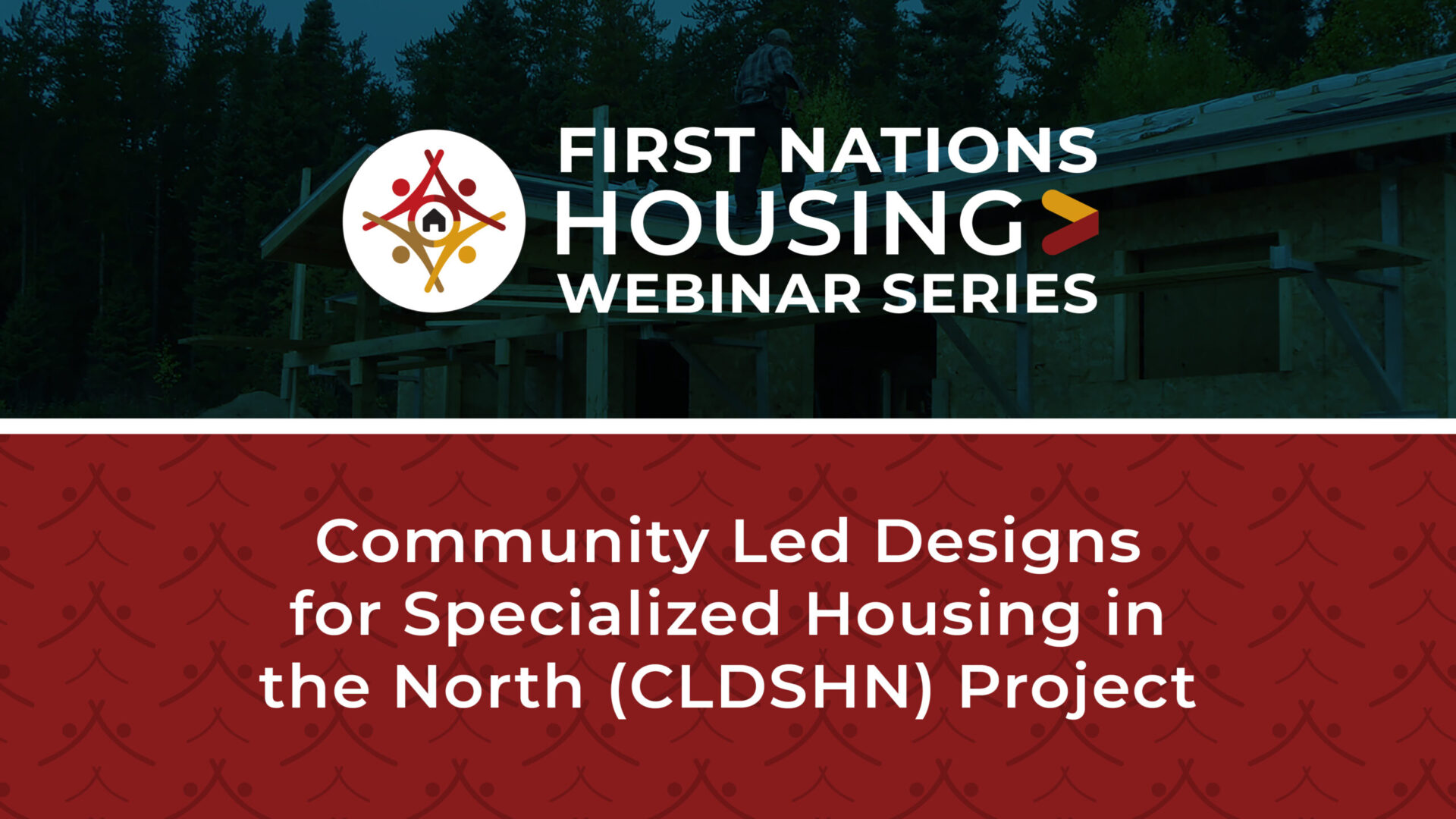
Thu Dec 12, 2024
10:00 AM EST
Technical
Starting from the identification of greatest needs populations through to the completion of shovel-ready housing plans this session will demonstrate how appropriateness, durability and buildability can guide housing design. This session will also offer a series of technical examples demonstrating how housing and construction documents themselves can better serve First Nations, in particular in the north. Finally, the session will introduce the toolkits that are being developed to accompany the construction documents and discuss how changing housing outcomes requires a holistic approach. The session will leave participants with inspiration for leading local codesign initiatives and ensuring that housing is targeted to user’s specific needs.
Collaborative design processes
Skills training
Durability and buildability
Our session will approach housing from both social and technical perspectives. The conversation will focus on the development of housing which meets the unique needs of those poorly served by standard housing models. The conversation will also be useful to those who develop community engagement materials.

Originally from Bearskin Lake First Nation, Michael McKay developed an early interest in housing, as his Grandfather built many of the houses in his home community. Currently serving as the Housing and Infrastructure Director at Nishnawbe Aski Nation, McKay actively works to link housing to wider community assets and issues, such as infrastructure and health. His understanding of the role of culture and Indigenous conceptualizations of housing in community development is essential when conducting research, developing guidelines, and facilitating community engagement activities.